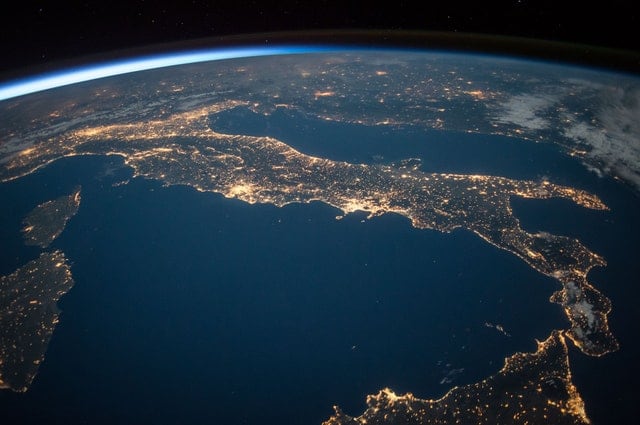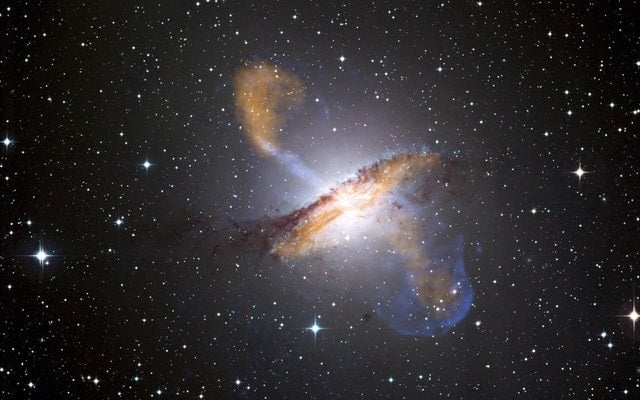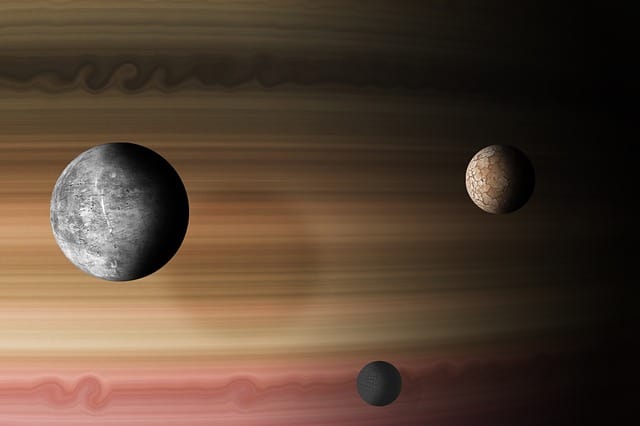35+ Outstanding Facts About the Planet Earth

Earth is the most unique planet in the solar system since it supports a wide range of plant and animal species, both terrestrial and aquatic. Planet Earth is also home to over 7 billion people, yet the vast majority of them know little about it. If you’re among the people who barely know about Planet Earth, here is a brief composition of the earth.
The earth is made up of three separate layers: The core, the mantle, and the crust. The core is mainly composed of molten iron, bubbling at an incredibly high temperature of 6,100 degrees Celsius. The mantle sits between the crust and the core. The mantle is a silicate rocky shell, featuring an average thickness of 2,886 kilometers. The crust is underlain by the mantle. It’s made up of a wide variety of igneous, metamorphic, and sedimentary rocks. Below is an outline of 35+ outstanding facts to aid your understanding about planet earth even more:
Fact 1. Earth is the only planet of the solar system that is not named after a mythical god.
Fact 2. Despite the Earth appearing round, it’s actually elliptical. This is because of the centrifugal forces that push the Earth outwards at the equator.
Fact 3. The Earth’s temperature varies considerably. The highest temperature ever recorded on planet Earth was 136 degrees Fahrenheit (57.8 degrees Celsius). This was in El Azizia, Libya, in 1922.
Fact 4. The coldest temperature ever recorded on the face of the earth was -128.6 degrees Fahrenheit (-89.2 degrees Celsius). This temperature was recorded at Antarctica’s Vostok Station.
Fact 5. Planet Earth is moving at supersonic speed. Humans are living in a massive, fast-moving spacecraft. Even as you’re seated on your sofa watching television, you’re inside an object gliding through space faster than any fastest thing made by humans. The earth moves at a speed of about 1.3 million miles per hour (2.1 million km/hr).
Fact 6. Earth is the densest planet in the solar system with an average density of 5.51 grams per cubic centimeters.
Fact 7. The International Space Station (ISS) is the most expensive object to be ever constructed. Its 2010 estimated cost stood at $150 billion.
Fact 8. According to the National Severe Storms Laboratory (NSSL), lighting strikes reach the earth’s ground surface 100 times per second.
Fact 9. A tardigrade, also referred to as water bear, is able to live in a vacuum for up to 7 days.
Fact 10. The theory of continental drift is real. Averagely, the continent of America drifts approximately 1 inch further from the continents of Africa and Europe.
Fact 11. The continent of Asia is vast and most populous. The continent accounts for 30% of the entire land area. Also, 60% of the world population lives in the continent of Asia.
Fact 12. While Antarctica is the continent with the lowest human footprint, it contains approximately 70% of the earth’s fresh water, as well as 90% of its ice.
Fact 13. Gravity on planet earth varies significantly. In certain areas such as Hudson Bay in Canada, less gravity is felt than other regions of the world. This takes place when there is less landmass in one area as opposed to the other.
Fact 14. Few scientists think that Planet Earth once consisted of two moons. The smaller moon existed for just a few million years before it crashed into the Moon we know today. Today, some scientists still hold the view that there are two moons on Earth due to the frequency with which asteroids get sucked into the earth’s orbit and stay there for close to 9 months.
Fact 15. Many people know about earthquakes, but few know moonquakes. Moonquakes occur on the moon’s surface, but they can have a profound effect on Planet Earth by impacting the schedule of tides.
Fact 16. Humans have sent numerous objects into space since the beginning of space exploration. As of this writing, there are 22, 000 human-made objects orbiting Planet Earth that measure 10 centimeters and more. Five percent are functioning satellites; eight percent are spent rockets, while eighty-seven percent are fragments and inactive satellites.
Fact 17. Earth has plenty of rocks that can move. In Death Valley, California, numerous rocks that weigh hundreds of pounds glide across the desert floor, leaving behind visible trails. Lots of scientists attribute this fascinating phenomenon to wind and ancient ice that once covered the earth’s surface.
Fact 18. The Mid-Ocean Ridge System is the longest mountain range on Earth, and surprisingly, it occurs under water. It occurs all the way around the world and is estimated to stretch up to 80,000 kilometers. That, essentially, makes it almost 20 times longer than the Andres Mountain Range in South America.
Fact 19. The Stromboli Volcano, in Southern Italy, is the most active erupting volcano on the earth’s surface. In fact, it’s nicknamed ‘’Lighthouse of the Mediterranean” since it has erupted continuously over the past 2,000 years.
Fact 20. The ocean accounts for 70% of the earth’s surface. Surprisingly, humans have only been able to explore 5% of it. Statistically, oceans harbor about 20 tons of gold. In fact, the ocean floor has enough undisclosed gold to guarantee approximately $15 for each individual on earth.
Fact 21. Scientists estimate that 100 tons of small meteorites, mostly fragments of dust, enter Planet Earth’s atmosphere every single day.
Fact 22. 6 million Lighting strikes occur on Earth each day.
Fact 23. On earth, salt water is the most abundant (97%). Fresh water accounts for only 3% of earth’s water.
Fact 24. Plastics account for the biggest composition (90%) of rubbish in oceans on the earth.
Fact 25. The largest living structures on the face of the earth are coral reefs. They are formed of millions of minute polyps. They can even be seen from space. On top of that, they have the highest density and diversity of life on Planet Earth. They even overtake rain forests in terms of biodiversity.
Fact 26. Over 1 million plant and animal species live in oceans across the world. Two-thirds of these species have not been discovered.
Fact 27. Off all volcanic activities experienced on earth, 90% occur in oceans.
Fact 28. The Mariana Trench is the deepest part of the ocean. The area has a depth of 10.9 km.
Fact 29. Plate tectonics only exist on Earth. Without plate tectonics, carbon would not be absorbed and recycled, meaning the earth would overheat, just like Venus.
Fact 30. The temperature of the earth’s core (5,500 degrees Celsius or 9,900 degrees Fahrenheit) is as hot as the surface of the sun.
Fact 31. Each year, wind transports 40 million tons of nutrient-rich dust to the Amazon River.
Fact 32. Scientists project that animal species living on Planet Earth could be extinct in 300 years.
Fact 33. Canada boasts more lakes (31,752) than all the countries in the world combined. The Atlas of Canada states that most Canada lakes are larger than 3 square kilometers. 561 of those lakes feature a surface area bigger than 100 kilometers square, as well as four of the great lakes. About 9% (891,163 square kilometers) of Canada’s total landmass is covered by fresh water. There is no official data pertaining to the number of smaller lakes.
Fact 34. The most active volcano on Planet Earth is the Kīlauea, in Hawaii. It’s closely followed by Mount Etna (Italy) and Piton de la Fournaise (La Réunion Island).
Fact 35. According to the National Oceanic and Atmospheric Administration (NOAA), the Pacific Ocean is the largest ocean basin on Earth. It’s estimated to cover an area of approximately 155 million square kilometers (59 million square miles) and contains over half of the water contained on Earth.
Fact 36. 200,000 people are born every day on Earth.






